Hydra & AVD: A New Chapter Under Login VSI?
A fresh look at Hydra’s AVD management tool after its acquisition by LoginVSI - features, licensing, and where it might fit into the market.
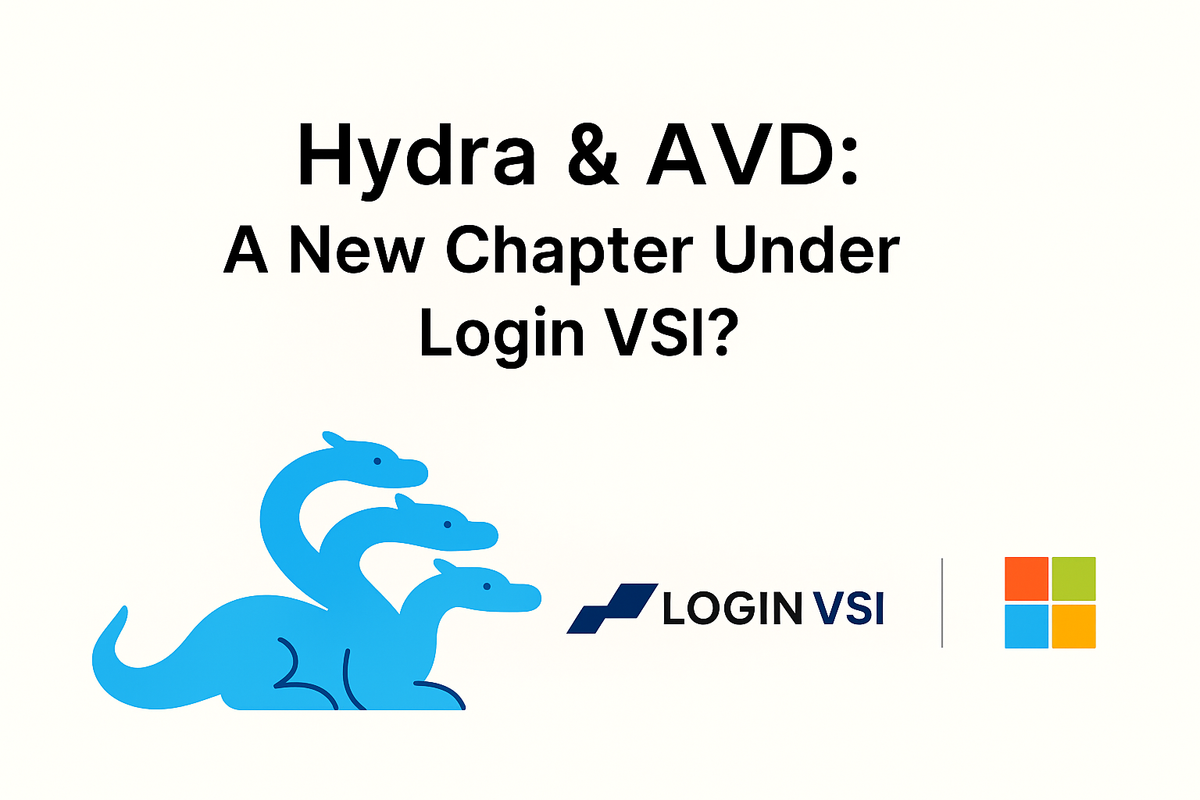
Table of Contents
- Introduction
- Hydra & Login VSI: A New Alignment for AVD Management?
- Core Features of Hydra: What’s in the Box?
- Licensing & Flexibility: A Quiet Strength for MSPs
- Nerdio vs Hydra: Is There Room for Both?
- What Problems Is Hydra Actually Solving?
- Hydra’s Windows 365 Play: What’s Coming?
- My Take: First Impressions from the Field
TL;DR
- Hydra, now backed by Login VSI, is positioning itself as a lightweight AVD management tool for MSPs and mid-market IT teams.
- Core features include auto-scaling, simplified image updates via WinGet, multi-tenant support, and a single-pane admin portal.
- Licensing is concurrency-based, with a free community edition and flexible commit models designed for MSPs.
- Hydra vs. Nerdio? Not a direct replacement yet but it’s emerging as a mid-tier alternative with simpler onboarding.
- Windows 365 support is on the radar, with early hints at future expansion beyond AVD.
Introduction
AVD management continues to evolve, and Hydra is one of the tools now getting attention. Now part of Login VSI, Hydra aims to simplify image management, scaling and multi-tenant environments for Azure Virtual Desktop.
I recently attended a webcast hosted by Marcel Meurer, the creator of Hydra alongside Ron Oglesby from Login VSI. It offered a clear look at the direction Hydra is heading. Thanks to Marcel for delivering a great session and for giving me the green light to write a blog post based on it.
This isn't an endorsement, it's a review of the webcast, the key features discussed and my early thoughts on Hydra's role in the AVD space.
Let's take a closer look 👀
Hydra & Login VSI: A New Alignment for AVD Management?
Hydra is a dedicated management tool for Azure Virtual Desktop. It was created by Marcel Meurer, a Microsoft MVP, and is designed to simplify how AVD environments are deployed and maintained. Think image management, scaling, and multi-tenant access through a single pane of glass.
Earlier this year, Hydra was acquired by Login VSI. The big question is, why acquire a platform like Hydra?
During a recent webcast (June 2025), Marcel and Ron Oglesby walked through that exact question. Hydra is staying as an independent platform, but it is now backed by additional engineering resource and investment. The goal is to build out Hydra's capabilities and bring more structure to how it is developed.
If you have worked with Nerdio, you'll see some crossover. But Hydra seems to be aiming for a lighter, more modular model. There's no need for deep RBAC delegation or broad Azure access. It's a mid-tier tool that could be well-suited to MSPs and/or smaller internal IT teams.
The Login VSI acquisition gives Hydra more visibility. The webcast hinted at a wider roadmap and more platform support. It's still early days in the acquisition but this could shape up to be an interesting alternative in the AVD space.
Core Features of Hydra: What’s in the Box?
Hydra isn't trying to replace everything in Azure. Instead, it brings together key AVD admin tasks into a more accessible and consistent platform. It's about making life easier for the teams that manage environments at scale.
There's a lot that is built into Hydra, I've picked out some core features:
Auto-Scaling with Cost Awareness
Hydra can scale session hosts in and out based on usage patterns, helping reduce unnecessary spend.
Golden Image Management Made Simpler
You can schedule image updates using Windows Update and third-party apps installed via WinGet. Hydra then snapshots and prepares that image for deployment, handling things like registry and certificate cleanup automatically.
Application Deployment via WinGet
Rather than a bulky custom image, Hydra can install apps dynamically post-deployment using WinGet. This keeps your image strategy lean and flexible.
Single Pane for Admin Tasks
Hydra wraps up Azure alerts, runbooks and scheduled scripts into a unified interface. Instead of jumping between services, admins get one place to manage key tasks.
Multi-Tenant Support
Hydra was clearly built with MSPs in mind. It supports access to multiple customer environments using Azure service principals, without needing RBAC or full subscription delegation. That lowers the barrier to managing customer estates securely and at scale.
Licensing & Flexibility: A Quiet Strength for MSPs
Hydra isn’t the most well-known AVD tool, but its licensing model is quietly impressive. The licensing model for Hydra in my opinion is one of its strongest features, especially for MSPs and multi-tenanted environments.
- Concurrency-Based Licensing
Unlike tools that license per-user or per-machine, Hydra operates on a concurrent user model. That means you're only paying for the users actually connected at any given time, not your entire user base.
- Flexible Commit Options for Larger Customers
For organisations with more predictable usage patterns, Hydra offers annual commit models with discounts. This can create commercial flexibility, providing lower costs without the ability to scale when needed. An annual commit model will also provide predictable costs as well as flexibility.
- Designed for Multi-Tenanted Deployments
Licensing doesn't penalise MSPs or shared environments. Hydra can operate across multiple tenants using Azure service principals, without needing full RBAC delegation. This helps to keep things secure.
Nerdio vs Hydra: Is There Room for Both?
When it comes to AVD management platforms, Nerdio is the established name right? It's deep, polished and has years of development and enterprise customer feedback behind it.
But I don't feel that Hydra is trying to be a like-for-like competitor, especially at the moment. In fact, I think the two tools are actually targeting different types of organisations and admin styles.
Hydra is at the moment positioning itself as a mid-tier, modular alternative. Aiming to reduce complexity without the full overhead of Nerdio's broader feature set. Below is a table with a breakdown of them both.
| Feature Area | Nerdio | Hydra |
|---|---|---|
| Maturity & Ecosystem | Long-standing, enterprise-ready | Emerging platform with Login VSI backing |
| RBAC & Azure Access | Requires delegated permissions | Uses service principals, avoids RBAC |
| Target Audience | Enterprise IT teams, large deployments | MSPs, mid-market, internal IT needing flexibility |
| Image Management | Deep integration, automation pipelines | Simplified update scheduling via WinGet |
| Multi-Tenant Support | Supported, but with deeper setup requirements | Built-in with service principal approach |
| Cost Management Tools | Advanced analytics, usage tracking | Focused on scaling and disk optimisation |
| Licensing Model | Per-user or per-VM, depending on edition | Concurrent users, flexible commit options |
| Portal Experience | Mature and full-featured | Lightweight, single-pane interface |
Rather than replacing Nerdio, Hydra may end up being an alternative for specific segments of the market.
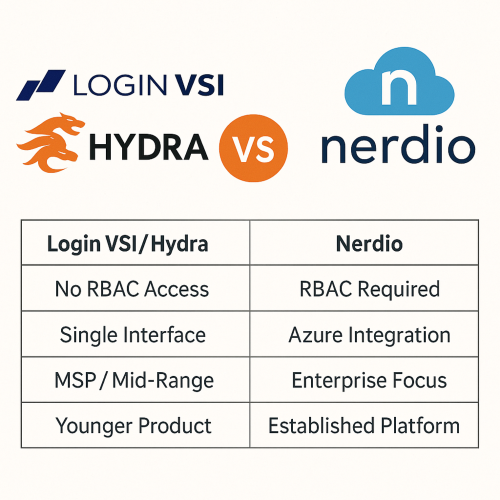
What Problems Is Hydra Actually Solving?
Hydra isn't trying to replace the Azure portal, or in my view directly compete with Nerdio (yet!).
Key areas aim to address:
- Fragmented admin tools across Azure services.
- Manual and sometimes complex image update processes.
- Secure access to customer tenants without full RBAC.
- Scaling and storage cost inefficiencies.
- Overloaded golden images with pre-installed apps.
Hydra’s Windows 365 Play: What’s Coming?
During the webcast, the team hinted that Hydra will look to support Windows 365 in the future; though nothing official has been announced.
No timelines, no roadmap, but a clear indication that it is on the radar. It'll be interesting to see what role Hydra could play in an ecosystem where Windows 365 is utilised.
My Take: First Impressions from the Field
Hydra is clearly trying to carve out a space in the AVD management field, and with Login VSI and Marcel behind it, it has a credible foundation.
That said, there are a few things that stood out to me:
- The use of WinGet for app deployment is smart and aligns with modern admin practices. However, it will still need some testing in your environment.
- The automatic cost-efficiencies for storage are a game-changer. I'm pretty sure Nerdio also offers this optimisation technique.
- I'm personally not yet sold on the workaround for sys-prepping images. Microsoft already advises snapshotting the disk and then building further images from here. Hydra allows the base image machine to not be deleted, but in my experience, creating a snapshot from a disk doesn't take long.
- Multi-tenanted access is key for MSPs that are monitoring and managing multiple customer environments.
- Hydra appears lighter than the enterprise-grade Nerdio, which as I said, is targeting a different market at the moment.
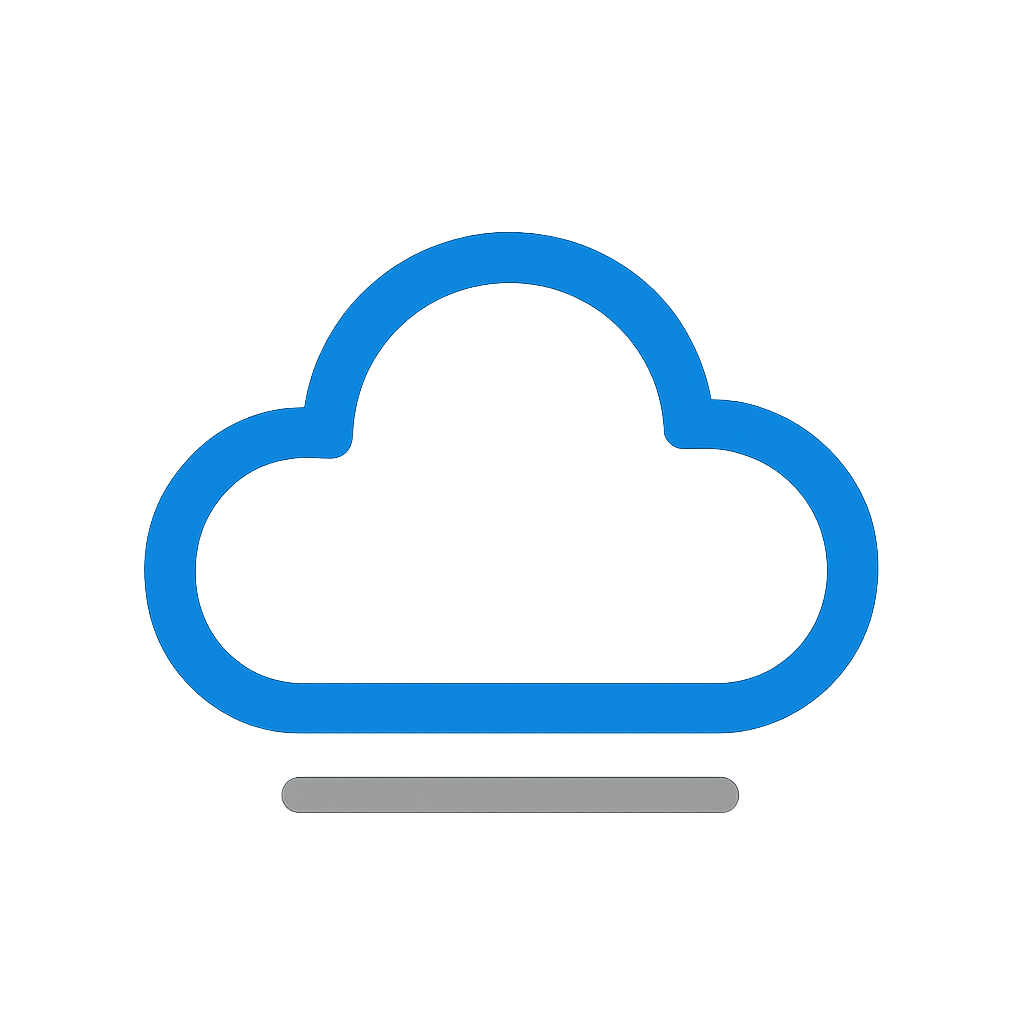

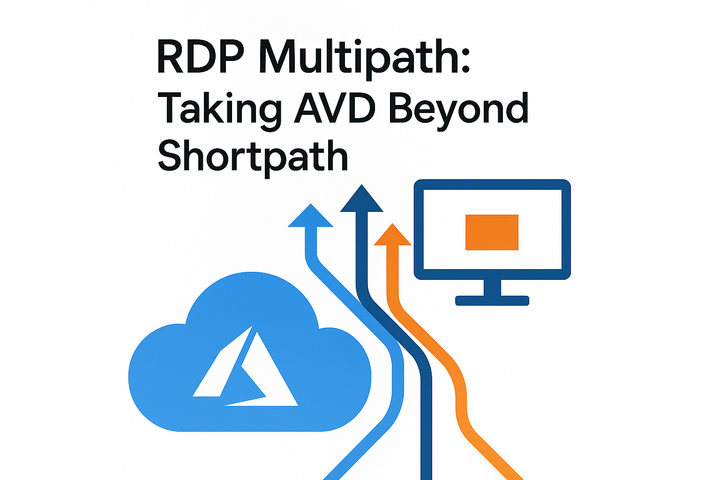
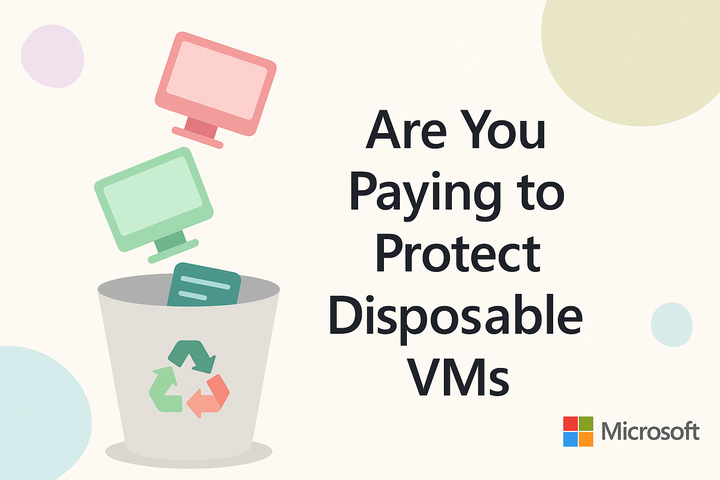
Comments ()